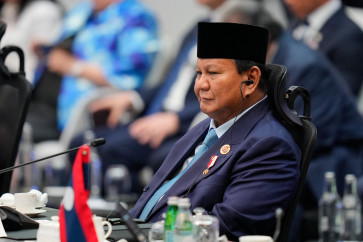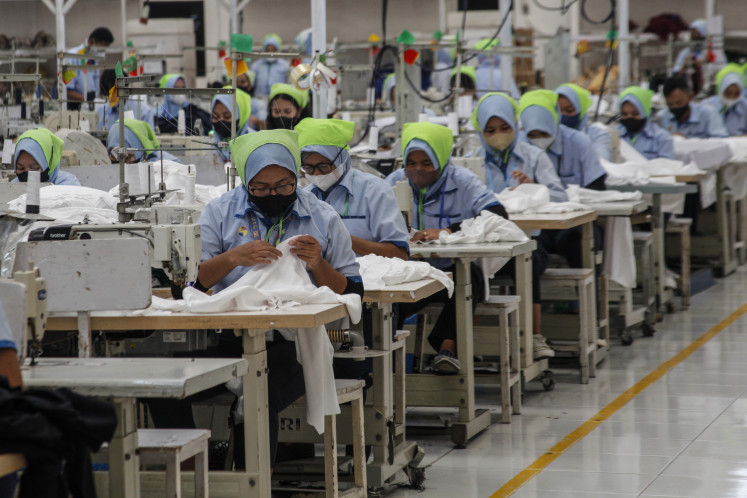Popular Reads
Top Results
Can't find what you're looking for?
View all search resultsPopular Reads
Top Results
Can't find what you're looking for?
View all search resultsSomalia: Female genital mutilation down
Attitudes in Somalia toward a practice that critics decry as torture may be changing, as new data released by the U
Change text size
Gift Premium Articles
to Anyone
A
ttitudes in Somalia toward a practice that critics decry as torture may be changing, as new data released by the U.N. children's agency on Tuesday showed that female genital mutilation among children in northern Somalia is on the decline.
The survey released by UNICEF and the governments of Somaliland and Puntland found that 25 percent of girls from the ages of 1 to 14 years old have undergone the practice, compared with 99 percent of women in those regions.
UNICEF has been working with community and religious leaders in northern Somalia to try to change attitudes toward female genital mutilation. Sheema Sen Gupta, the chief of child protection for UNICEF in Somalia, said that 28 communities in Somaliland have declared an end to the practice, and UNICEF hopes to have that number up to 60 by the end of this year.
"If you ask the average Somali woman why they practice FGM now, they will tell you it's for religious reasons. But it's not religious because FGM predates Islam," Gupta said.
In December the U.N. General Assembly unanimously approved a resolution calling for a global ban on female genital mutilation, a centuries-old practice stemming from the belief that circumcising girls controls women's sexuality and enhances fertility. It has also been linked to religious and cultural practices, although Muslim and Christian leaders have spoken out against it.
"When religious leaders are able to come out and say this is not a religious practice, then people start listening," said UNICEF chief Gupta.
Female genital mutilation is commonplace in 28 countries in Africa as well as in Yemen, Iraq, Malaysia, Indonesia and among certain ethnic groups in South America, according to Amnesty International. But the issue is a worldwide concern because it is also practiced by immigrants in diaspora communities.
The U.N. said in 2010 that about 70 million girls and women had undergone the procedure, and the World Health Organization said about 6,000 girls were circumcised every day.










